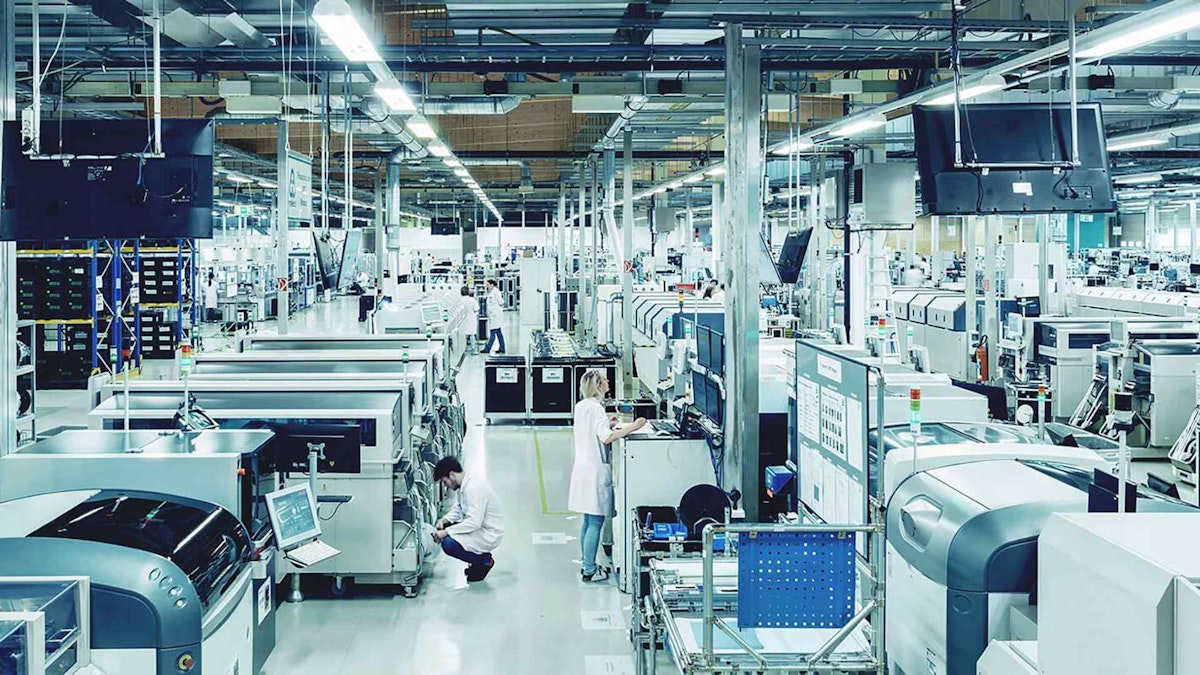Table of contents
Browse categories
Browse authors
 AB
ABAlberto Boffi
 AL
ALAlessia Longo
 AH
AHAl Hoge
 AB
ABAljaž Blažun
 BJ
BJBernard Jerman
 BČ
BČBojan Čontala
 CF
CFCarsten Frederiksen
 CS
CSCarsten Stjernfelt
 DC
DCDaniel Colmenares
 DF
DFDino Florjančič
 EB
EBEmanuele Burgognoni
 EK
EKEva Kalšek
 FB
FBFranck Beranger
 GR
GRGabriele Ribichini
Glacier Chen
 GS
GSGrant Maloy Smith
 HB
HBHelmut Behmüller
 IB
IBIza Burnik
 JO
JOJaka Ogorevc
 JR
JRJake Rosenthal
 JS
JSJernej Sirk
 JM
JMJohn Miller
 KM
KMKarla Yera Morales
 KD
KDKayla Day
 KS
KSKonrad Schweiger
Leslie Wang
 LS
LSLoïc Siret
 LJ
LJLuka Jerman
 MB
MBMarco Behmer
 MR
MRMarco Ribichini
 ML
MLMatic Lebar
 MS
MSMatjaž Strniša
 ME
MEMatthew Engquist
 ME
MEMichael Elmerick
 NP
NPNicolas Phan
 OM
OMOwen Maginity
 PF
PFPatrick Fu
 PR
PRPrimož Rome
 RM
RMRok Mesar
 RS
RSRupert Schwarz
 SA
SASamuele Ardizio
 SK
SKSimon Kodrič
 SG
SGSøren Linnet Gjelstrup
 TH
THThorsten Hartleb
 TV
TVTirin Varghese
 UK
UKUrban Kuhar
Valentino Pagliara
 VS
VSVid Selič
 WK
WKWill Kooiker
Electrical Testing of Automotive Components

Melecs EWS manufactures electronic and electric components for vehicles. The company complies with strict automotive requirements for verification and validation of its products’ electrical safety and endurance. A Dewesoft DAQ system has helped them save time through automated testing and at the same time provide a flexible and adaptive solution for future test scenarios.

With a turnover of around 285 million euros and about 1500 employees, Melecs EWS GmbH is the largest electronics engineering and manufacturing service provider with Austrian roots. The company has more than 25 years of experience and offers everything from a single source. From development, engineering, and project management through industrialization and production to validation and logistics. Today, Melecs has more than 90 percent of its sales outside of Austria.
In Austria, Melecs operates an electronics factory in Siegendorf, an electronics R&D facility in Vienna, and a sales and development office in Lenzing. Outside Austria, Melecs runs an electronics factory in Györ, Hungary, and others in Wuxi, China, and Querétaro, Mexico. A sales and development office is located in Auburn Hill / Michigan (USA) and the centralized functions of finance and accounting are combined in a slim holding.
Electrical electronic components from Melecs can be found in:
ECUs and LED applications in cars of international premium manufacturers
Household appliances (washing machines, etc.) of the European market leader
In addition to tailor-made products and solutions for the automotive, lighting, and white goods sectors, Melecs also develops and manufactures electronic assemblies and integrated solutions. This includes equipment assembly for the industrial sector, such as escalator controls or energy-efficient heating systems.
Automotive electrical testing
When testing automotive components, test specifications are first worked out together with the OEM customer. The challenge is, on one hand, to get the components under test first running in an artificial environment. On the other hand, repeatable test conditions have to be specified. This often requires the use of more different software tools, as well as deep knowledge of the final application.
One of the most important test standards in the automotive industry is the LV 124. It was drawn up by the representatives of German automobile manufacturers like Audi AG, BMW AG, Volkswagen AG, Porsche AG, and others in 2013. LV 124 specifies various electrical tests, their requirements, and their conditions.
LV 124 is a series of tests that simulate electrical disturbances in an automobile’s electrical power system during driving. It includes 22 quality and reliability tests for electrical, electronic, and mechatronic components for 12 V electrical systems used in motor vehicles weighing up to 3.5 t.
All e-tests belonging to LV 124 can be individually selected and added to the desired test procedure - a customer-configurable and customizable test procedure is possible:
E-01 Long-term overvoltage
E-02 Transient overvoltage
E-03 Transient undervoltage
E-04 Jumpstart
E-05 Load dump
E-06 Superimposed alternating voltage
E-07 Slow decrease/increase of the supply voltage
E-08 Slow decrease / quick increase of the supply voltage
E-09 Reset behavior
E-10 Short interruptions
E-11 Start pulses
E-12 Voltage curve with electric system control
E-13 Pin interruption
E-14 Connector interruption
E-15 Reverse polarity
E-16 Ground offset
E-17 Short circuit in signal circuit and load circuits
E-18 Insulation resistance
E-19 Closed-circuit current
E-20 Dielectric strength
E-21 Backfeeds
E-22 Overcurrents
Several, only slightly differing, variations of the LV 124 test series are used by car manufacturers around the world. The testing has even been internationally standardized as ISO 16750. This international test standard describes the potential environmental stresses and specifies tests and requirements recommended for the specific mounting location on or in the road vehicle.
Test setup
Mr. Suat Dostal, Group Leader of Electrical Validation, gives some insights about the device under test (DUT) in this case. The MELECS GEN VI is an oil pump control unit operating in an all-wheel transmission gearbox. The recent design is even more compact, while still meeting all requirements of today's modern automotive components.
"As the automotive business is known to be most demanding, customers often require testing done far sharper than the legal requirements. Furthermore, OEM’s specify additional testing routines," explains Mr. Suat Dostal.
The Melecs engineers considered two instrument options. The Dewesoft IOLITE system offers a good price-to-performance ratio at a high channel count, for medium sampling rates. However, for this test, a high sampling rate of 200 kHz was needed, and not many channels. The testing department decided to go with the SIRIUS system this time.
Melecs is using power amplifiers to generate the needed test signals for in-vehicle battery supply simulation, following standard LV 124. Relevant for this test is the voltage curve E-11, which specifies the starting impulse in a vehicle.
The voltage breaks down for a short time, then starts ringing, before it rises back to the normal level of e.g. 11 V, which simulates a really bad borderline case. (See figure 3) The DUT has to withstand all these supply breakdowns and afterwards still stay operational.
DAQ hardware and DAQ products
SIRIUSi-8xSTG data acquisition unit
1 current clamp for DC input current
3 current clamps for 3phase AC output current, driving the pump
2 test voltages of the DUT
1 input voltage from the battery simulator
DSI-TH-K for temperature measurement (thermocouple type K)
1x CAN bus, communication with the DUT
DAQ software
Testing
All tests specified by the standard LV 124 - and more - were performed. Some of these test plans even contain several subroutines specified by the automotive OEM. Here are some examples:
The E-06 “Superimposed alternating voltage” stresses the DUT by superimposing an AC voltage on the battery DC voltage, to simulate interferences on the board net. As per standard this sweep usually goes up to 30 kHz, but some OEMs require testing up to 200 kHz.
The DUT was tested for powering up correctly for 100 cycles with the E-11 signal.
In addition, the OEM specified to test multiple on/off-switching cycles at different environmental temperatures
In the end, all tests went successfully.
Raw data storing and live test validation
“At Melecs we are using many different instruments. We have both the fast oscilloscopes and the classical data loggers”, Mr. Dostal explains. “These tests can be done with an oscilloscope. However, Dewesoft closes the gap in between the two types of instruments - it perfectly fits our application.”
Data loggers work standalone but with limited functionality because of the onboard operating system, and sometimes have poor visualization. Oscilloscopes achieve very high sampling rates up to some GHz, but getting several instruments synchronized for a higher channel count is quite expensive. Based on the Windows operating system they can be extended by scripts, but the memory price is quite high.
For both instruments acquiring additional bus system data (like CAN, CAN FD, Flexray,…) is often not possible. You need to post-synchronize data from several instruments after the measurement. Sometimes it is a long way from the measurement task to get the first impression of your data.
The testing group leader, Mr. Dostal says:
With Dewesoft software, we store the full raw data, not just screenshots. Later, in conference calls, we simply pull out the corresponding data file, and zoom to the position. It’s much easier to comprehensively demonstrate and argue the testing results to our customers. Down to the single sampling point, we can show each of the 100 test cycles individually.
Conclusion
With the new system, testing is done autonomously. Melecs engineers can now even line up a series of tests, or as customers sometimes require 72 hours of continuous test, have these running during the night. Setting up the tests is usually what is most time-consuming. During the first 9 months of using the Dewesoft equipment, the Melecs engineers were able to save around 1 month of working hours.
The adaptability and flexibility of the system are additional bonuses. The SIRIUSi-8xSTG data acquisition unit has 8 isolated analog inputs for universal usage. Those are strain gauge, voltage, resistance test, potentiometer, RTD (PT100, ...), extendable, and even more flexible with optional Dewesoft DSI adapters. More measurement modules can easily be stacked for an almost unlimited number of channels, math functions, filtering, C++ scripting, etc. for live calculation and validation of the system under test.
The DewesoftX software is Windows-based - the available memory only depends on the PC’s integrated SSD and RAM. The software fully accesses the available CPU power, and features such as hyperthreading, SIMD and 64bit architecture ensure maximum performance. The DewesoftX software provides one software for data acquisition and analysis.
Additional features like the Sequencer, like getting other instruments data into Dewesoft, and the divers trigger conditions are very interesting for our kind of application,
Mr. Dostal concludes.
All in all, the solution is time-saving and opens opportunities to fit future needs.